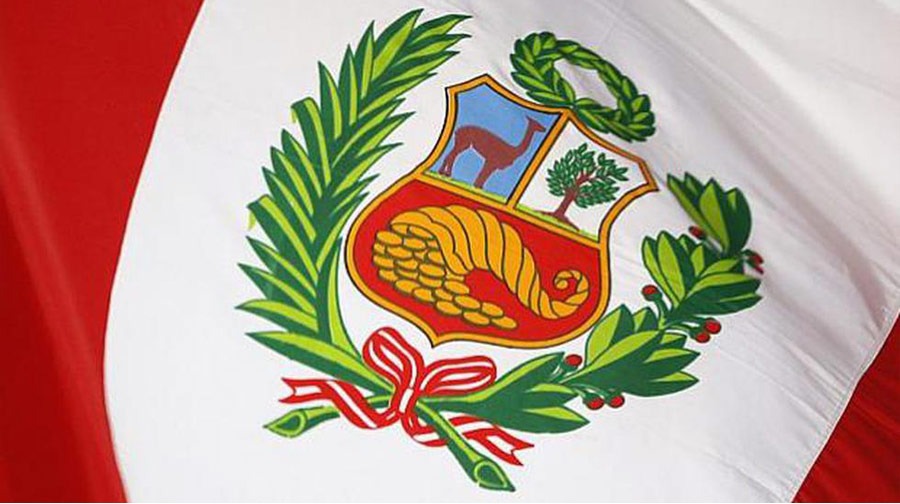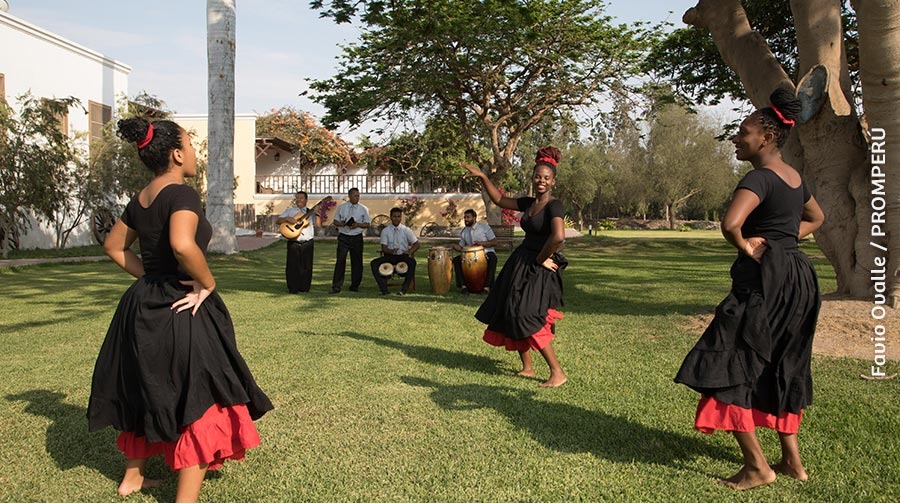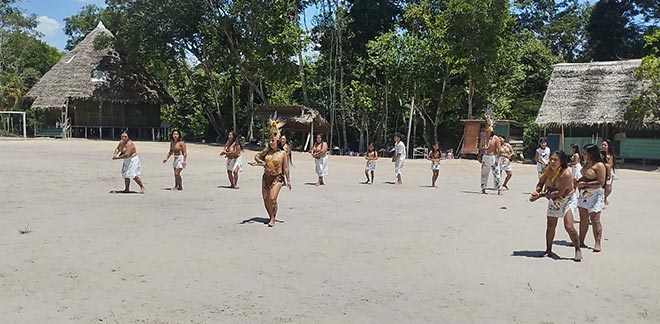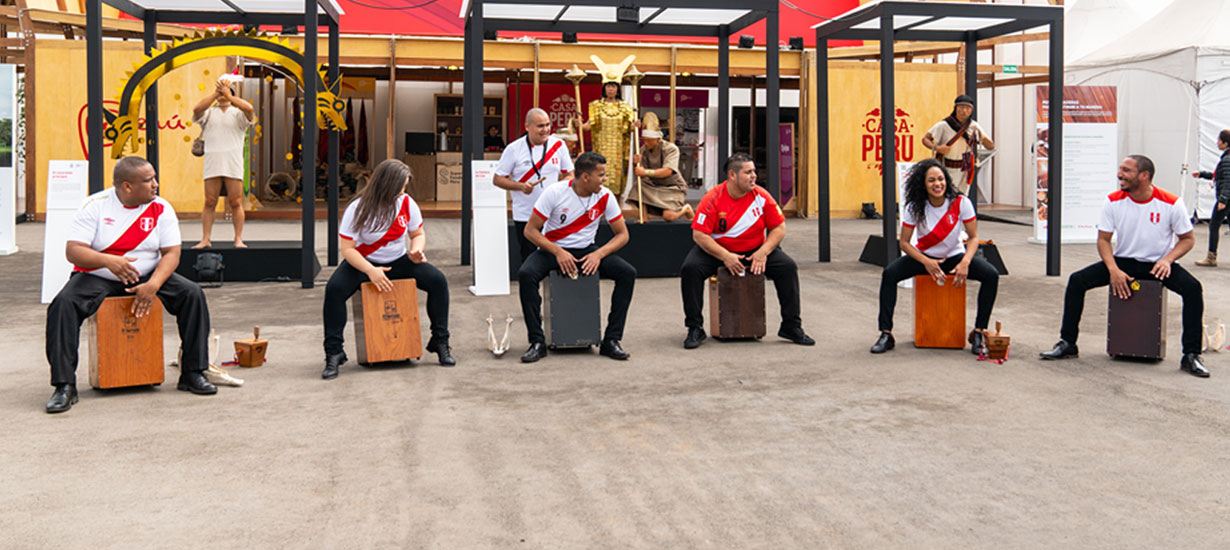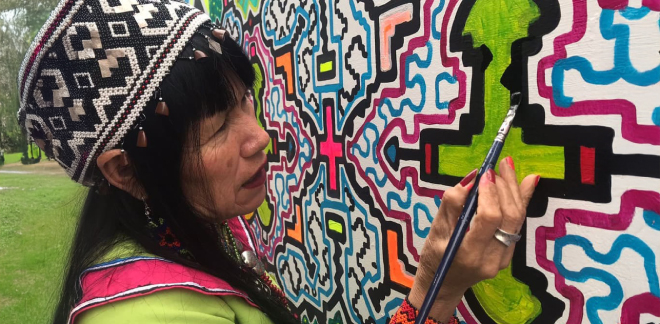How was Peru’s coat of arms created? The history of one of the most emblematic patriotic symbols
Síguenos en:Google News
Peru’s coat of arms has evolved in its design over the years since it was visually conceived by Jose de San Martin. Find out everything about this patriotic symbol.
Peru’s coat of arms is probably the most important patriotic symbol of our nation. As we know, it represents the kingdoms of nature and the abundance of our natural resources.
But how did this national symbol come to be created? For this, it is necessary to go back to the time of Independence. In October 1821, Jose de San Martin, after proclaiming the Peruvian emancipation in Lima, issued a decree for the creation of the Peru’s national coat of arms, which was devised by him.
THE COAT OF ARMS BY SAN MARTIN
Visually, San Martin decided to include several elements that he considered representative. In the central part, the Andes Mountain range and the sun appearing behind it could be seen. On the sides were Peruvian animals: on the left, a condor, and on the right, a llama. On the back were flags of South American countries and a banana palm tree. At the bottom, the words “The sun of Peru is reborn” could be read. Under all these directions, the artist Francisco Javier Cortes was able to bring this coat of arms to light.
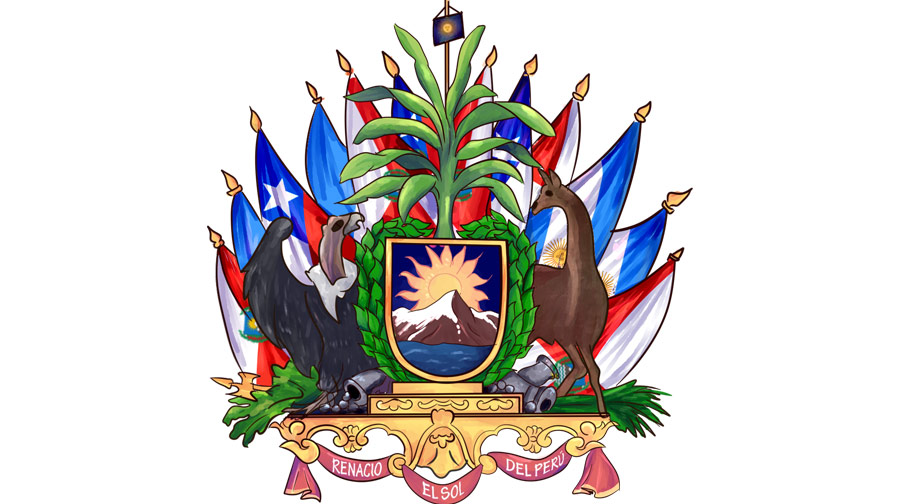
Source: Wikipedia.com
THE COAT OF ARMS OF 1825
After the resignation of San Martin to the position of protector and with the arrival of Bolivar, the latter called a constituent Congress in which the congressman Jose Gregorio Paredes proposed to renew the design of the national coat of arms. Years later, in 1825, this modification was approved. What did it consist of? Well, little by little, it was getting closer to the coat of arms we know today. The 1825 resolution indicated that the coat of arms should be divided into three fields: a light blue field with the vicuna, a white field with the cinchona tree and a red field with a cornucopia in the lower field.
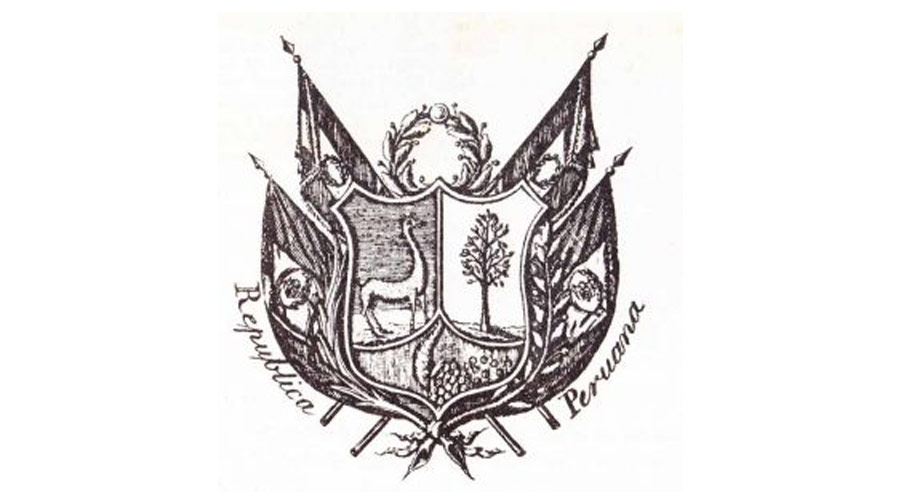
Source: enciclopediadehistoria.com
A SMALL MODIFICATION
In 1950, during the government of President Odria, this coat of arms was ratified with a slight change. The decree indicated that the coat of arms should be cut in exact halves and that the lower field should be larger than the other two. This is the definitive version of the coat of arms to this day and the one that is easily and proudly recognized by our generation.

Source: iscreativestudio.com
So, Peru’s coat of arms looks like in the image. The upper left field is of light blue background and has a vicuna representing the Peruvian fauna. The upper right field contains a cinchona tree, which represents all the Peruvian flora. The lower field is the largest and has a red background. Here you can see the cornucopia which represents abundance. In the upper part is the green-colored civic crown of oak, which means all the victories and military achievements. And on the sides are the red and white flags, Peru’s official colors.
The national coat of arms is beautiful and important, and constitutes one of the great prides of all Peruvians. Long live Peru!


